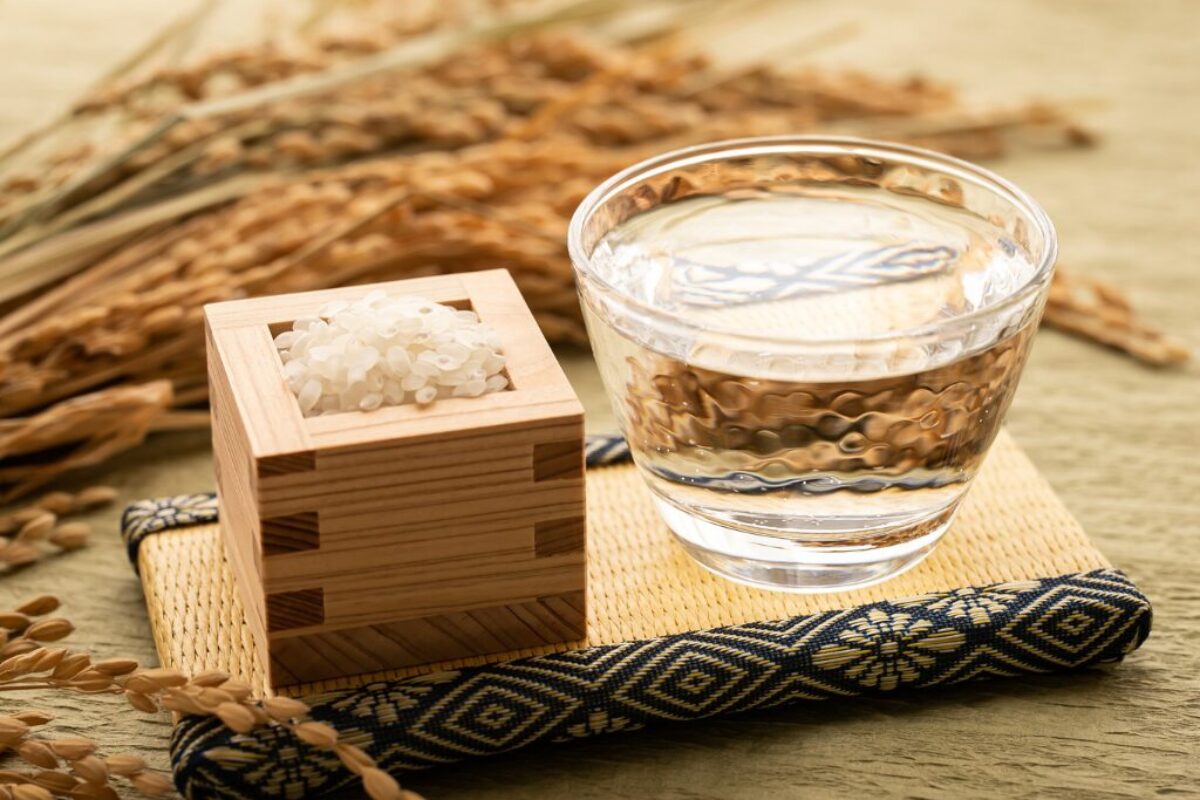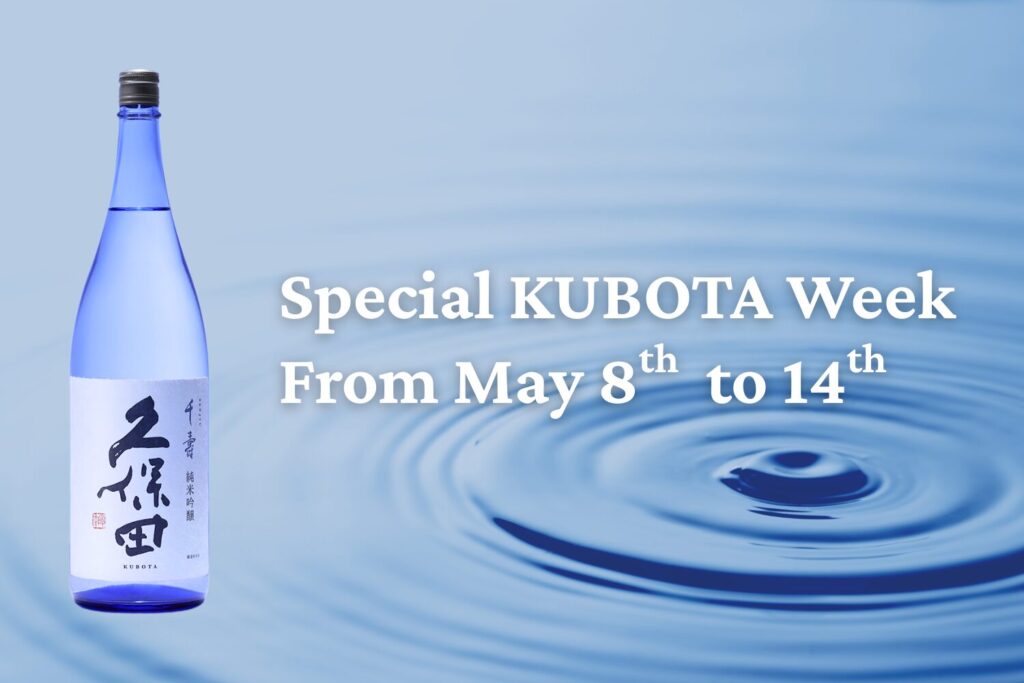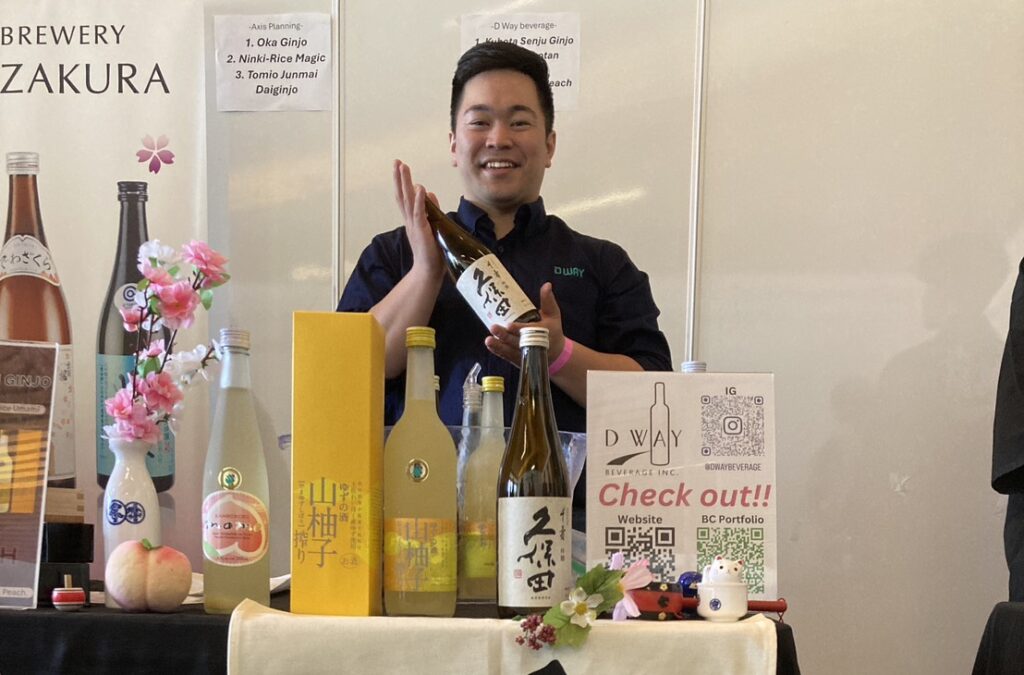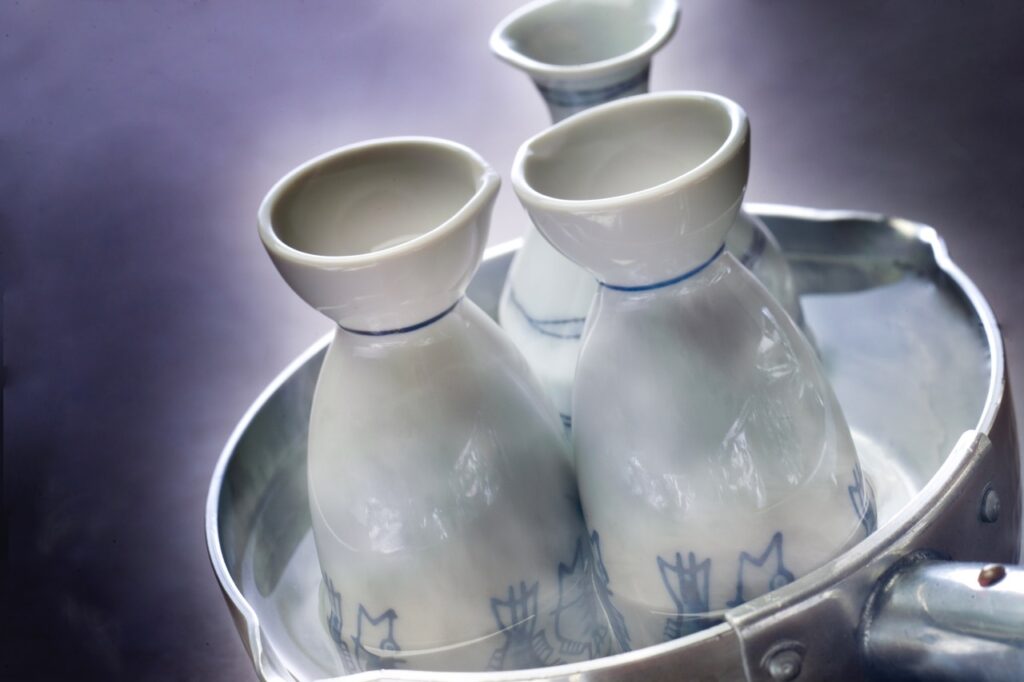What is Sake Exactly?
Sake, often referred to as “Japanese rice wine,” is a traditional alcoholic beverage made from fermented rice. Unlike wine, which is produced through the fermentation of crushed grapes, sake is made through a brewing process more similar to beer, where the starches are converted into sugars before fermenting into alcohol. However, sake’s flavor profile, alcohol content, and serving methods set it apart from both beer and wine, placing it in a unique category of its own.

Ingredients of Sake
The primary ingredients of sake include rice, water, koji mold (Aspergillus oryzae), and yeast. The rice used in sake production is a special type known as “sakamai,” which is different from the rice consumed as food. This rice has a larger grain and a higher starch content, with the starches concentrated in the center of the grain. Water is a crucial component of sake, affecting its taste and quality; hence, breweries often locate themselves near sources of high-quality water. Koji mold is used to convert the rice’s starches into fermentable sugars, and yeast is responsible for the fermentation process, turning those sugars into alcohol.
What Kind of Liquor is Sake?
Sake is a unique category of liquor that defies easy classification. Its brewing process resembles that of beer, yet its delicate flavors and the way it’s enjoyed bear more similarity to wine. Typically, sake has an alcohol content ranging between 14% and 16%, higher than most beers and wines. Sake can be enjoyed warm, at room temperature, or chilled, depending on its type and quality.
What is so Special About Sake Compared to Beer and Wine?

Sake is Versatile
One of the most remarkable qualities of sake is its versatility. It can complement a wide array of dishes, from traditional Japanese cuisine to modern Western dishes. Sake’s variety in flavors—from sweet to dry, light to full-bodied—allows it to pair well with seafood, meat, spicy foods, and even desserts. This versatility also extends to how it can be consumed; it’s delightful both warm and cold, offering different experiences in each state.
Sake has a Long History
Sake has been an integral part of Japanese culture and history for over a thousand years, with its origins dating back to the Nara Period (710-794). It has played a central role in religious ceremonies, festivals, and daily life in Japan. This long history has led to the development of numerous brewing techniques and regional variations, making sake a deeply cultural beverage.
Health Benefits of Sake
Sake is not only enjoyed for its taste and cultural significance but also for its health benefits. It contains amino acids, peptides, and enzymes that can contribute to good health. Moderate consumption of sake has been associated with improved cardiovascular health, lower risk of diabetes, and a stronger immune system. We say “Sake is the king of medicine” 「酒は百薬の長」in Japanese saying. Additionally, sake is gluten-free, making it a suitable option for those with gluten sensitivities.
Have fun with drinking Japanese Sake
By understanding sake’s ingredients, production process, and unique characteristics, it’s clear why this beverage holds a special place in the hearts of many around the world. Whether you’re a seasoned sake enthusiast or a curious newcomer, there’s always something new to discover about this fascinating and versatile drink.









